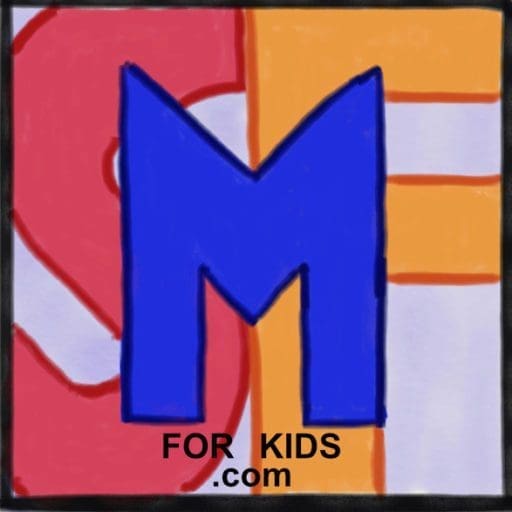Visual spatial puzzles are a great way for children to improve problem-solving skills, spatial ability, and creativity, as well as memory and focus. They also help build children’s confidence as they become more adept at solving the puzzles. Many children who struggle with traditional math are quite good at these puzzles and really enjoy them. Visual-spatial puzzles also provide a great way to relax and unwind, as they can be quite calming and enjoyable.
Q-Bitz

I often use these puzzles as a warm up for tutoring or class sessions as they are fun but really get you thinking at the same time. It comes with 4 sets. They can be an individual activity or a competition between 2-4 students (or the kids’ favorite, student vs. teacher!)
Tangrams

Rarely have I met a student who has used tangrams before, but, along with pentominoes, they are fabulous for developing spatial reasoning skills and giving a practical hands on introduction or application to geometric transformations (reflections, rotations, and translations). Tangrams develop problem-solving and logical thinking skills, and can also be used to teach the concepts of congruent shapes and composing and decomposing composite shapes.
Izzi

This puzzle is a favorite of some of my GT students. It has multiple solutions but they are all challenging! Students can complete the puzzle independently or collaboratively. It’s a great choice to have out on a table for students to add to as they have time.
Soma Cube

One of my favorite activities for spatially gifted students who need a challenge is the Soma Cube. The Soma Cube is a puzzle consisting of seven pieces made from unit cubes. The object of the puzzle is to form a large solid cube from these seven pieces. This is fantastic for developing students’ spatial reasoning and logical thinking skills as well as their persistence and problem solving.
Perpetual Puzzles

Tessellation artist Makoto Nakamura has made several versions of these perpetual puzzles that are great for an independent student activity. They would be perfect for early finishers in a classroom, for a warm up to a small group or individual tutoring session, for enrichment for gifted/talented students, and even just for fun at home.

This visual patterning game from Mindware can be played independently or in a race against a partner. Students slide colored square tiles within an 8 inch square to match the pattern rolled on their cube shaker.
IQ Fit – In this one player game from SmartGames, the student must fit all the 3D-puzzle pieces on the game board in a way that it turns into a 2D-image. If your kids enjoy this as much as mine do, there are several variations available including IQ Blox, IQ Link, and IQ Stars. Penguins On Ice is another variation where you move pentomino shaped “ice blocks.”

- Kanoodle is another game similar to IQ Fit. It has the same idea of fitting the pieces but also has 3D pyramid puzzles which some of my students loved even more. There are several variations of this one including Kanoodle Jr , Kanoodle Extreme, Kanoodle Head to Head, and Kanoodle Gravity.

- Set can be played as a group game but is also an excellent independent activity. You can buy the cards or play online here

